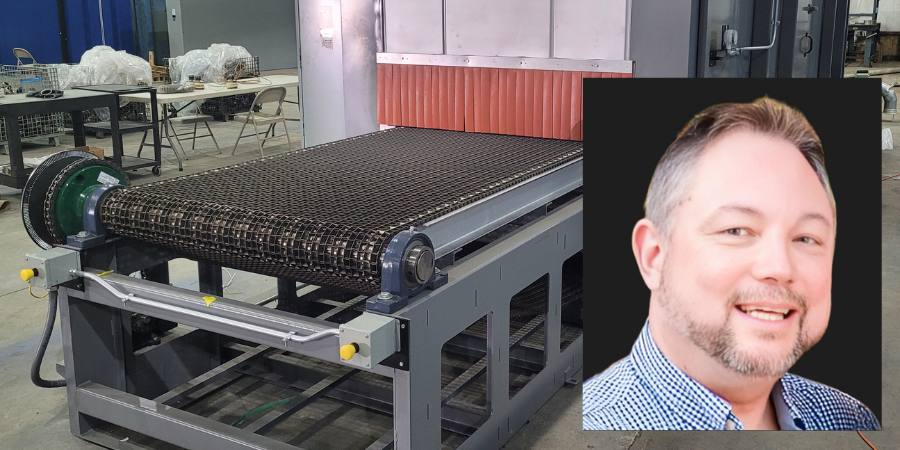Sapa has developed the first-ever automotive aluminium brake line using a high-strength aluminium alloy.
“The entire industry is on a mission to reduce weight in cars as a key to lowering emissions. In Sapa, we are using our knowledge to identify new parts where we can use aluminium to make cars lighter, safer and more efficient. The brake line development is one such innovation that can reduce the weight with over 50 percent compared to steel,” says innovation and technology manager Jens Sandahl Sørensen.
Fourteen meters of weight savings
The normal volume of a brake line in a light vehicle is around 12-14 meters. By replacing steel with aluminium in this component, car manufacturers can shed around 600 grams of the approximately 1 kilogram of weight.
“Aluminium is a material that gives enormous flexibility in both design and workability, and this opens up for new developments. The automotive market is one of Sapa’s main markets, and we are dedicated to investing in research and development to help car manufacturers develop lighter and safer cars,” says business development manager Klaus J. Sandfeld.
The full potential of extruded aluminium in cars and trucks is far from realized. Aluminium is often viewed only as an alternative material, but aluminium is not lightweight steel. “You can design components that simply cannot be manufactured in steel, with different properties and added functionality,” says Sandfeld.
Sapa supplies the automotive industry with a broad range of solutions based on aluminium profiles, from semi-finished to fully fabricated and value-adding components.
Facts about the brake line
– The high-strength alloy in combination with a proprietary designed production process and line-connection design brings optimized mechanical properties toward brake lines requirements.
– The new solution has passed tests toward OEM specifications, including vibration, burst, torque, leak, coating adhesion and corrosion.





